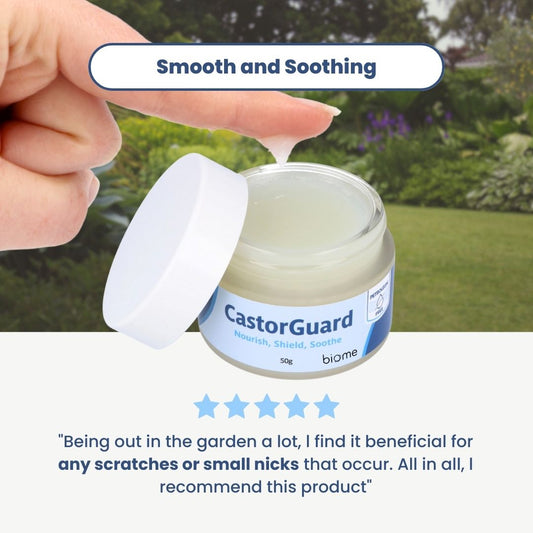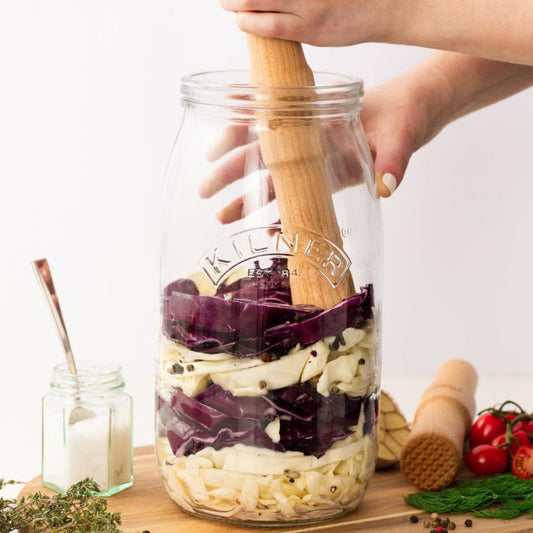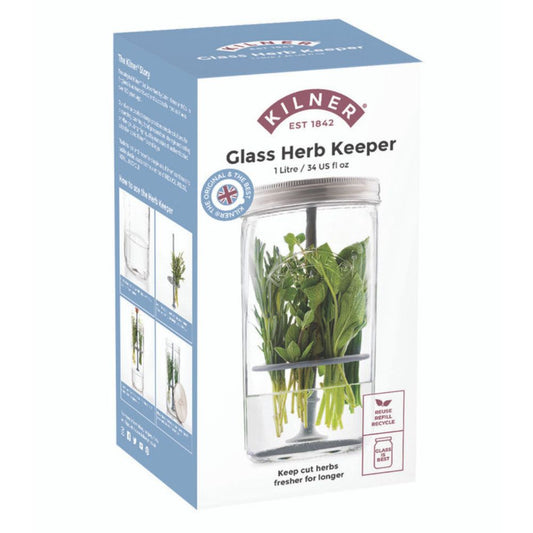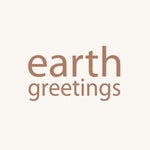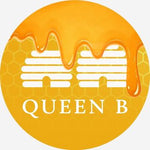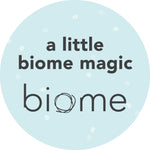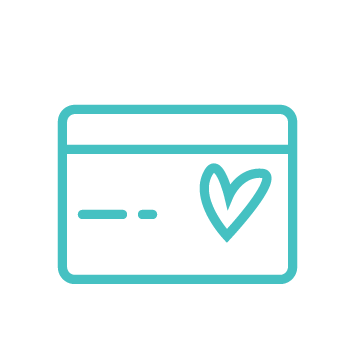 The sustainable fashion movement has revolutionised the way we shop, dress, and farewell our clothing. The demand for sustainable clothing is only growing, and more brands are beginning to shift their focus to eco-friendly production methods. So, where to start? With an oversaturated fashion market, it can be difficult to decipher which brands are truly sustainable and using environmentally-kind practices. Firstly, it's important to understand what constitutes sustainable fashion and what to look out for. In this guide, we explain all things sustainable and slow fashion and round up some of our favourite eco-friendly fashion brands.
The sustainable fashion movement has revolutionised the way we shop, dress, and farewell our clothing. The demand for sustainable clothing is only growing, and more brands are beginning to shift their focus to eco-friendly production methods. So, where to start? With an oversaturated fashion market, it can be difficult to decipher which brands are truly sustainable and using environmentally-kind practices. Firstly, it's important to understand what constitutes sustainable fashion and what to look out for. In this guide, we explain all things sustainable and slow fashion and round up some of our favourite eco-friendly fashion brands.
What Is Sustainable Fashion
Sustainable fashion is designed, produced, and distributed using environmentally-friendly methods. It prioritises fair treatment of workers, animals, and the environment and will not compromise on these factors. It's really all in the name; sustainable fashion items are meant to be sustained and loved season after season. Sustainable fashion is the antithesis of fast fashion. Fast fashion, or mindless fashion, is all about creating cheap, low-quality, trend-focused garments that are designed to be worn a few times, then discarded to make room for another fast fashion item.What Is Slow Fashion?
Slow fashion and sustainable fashion are branches of the same tree — the foundations are the same, but their structure differs slightly. Slow fashion focuses on reducing consumption and production in addition to adopting sustainable practices. So, sustainable fashion brands aren't necessarily slow fashion brands. They may adopt certain sustainable practices and still release fortnightly or monthly new collection drops. Slow fashion brands generally create only two to three collections per year, while the best-practice brands release only a few new styles per year to add to a permanent, trans-seasonal collection.
The Importance Of Sustainable Fashion
Sustainable fashion is important for various social, economic, and environmental reasons.Ensures Fair Wages And Safe Working Conditions
In 2013, the world was alerted to the collapse of the Rana Plaza factory in Bangladesh. The building, which housed five garment factories, caved in and killed at least 1,132 people, injuring 2,500 others. It was this tragedy that exposed the poor labour conditions, unsafe working environments, and wage injustices rife in garment factories across the world — the real cost of fast fashion. This disaster prompted activists to push for change, encouraging individuals to seek out brands that put social and environmental sustainability first.Reduces Waste
According to the Australian Bureau of Statistics, Australians acquire an average of 27kg of new clothing per year. Additionally, each Australian sends an average of 23kg of textile waste to landfills each year. Two-thirds of the materials sent to landfills are man-made synthetic and plastic fibres. These materials do not break down easily, often sitting dormant for long periods of time before they begin to decompose.Reduces Harmful Greenhouse Gas Emissions
Most fast fashion items are made from petroleum fibres, such as acrylic, nylon, polyester, and spandex. These fibres are toxic and extremely harmful to the environment. When binned items eventually break down in landfills, they generate methane, which is more potent than carbon dioxide and is responsible for 25% of today's global warming.Reduces Excessive Water Usage
Clothing production is responsible for a significant amount of water usage worldwide. The textiles industry uses 93 billion cubic metres of water each year and is responsible for 4% of all freshwater withdrawal. Around two-thirds of this usage comes from clothing production alone. In fact, producing just one cotton shirt requires 3000 litres of water. Clothing production also exposes freshwater to the toxins used in clothing. When clothes become lost in our waterways, they leach plastics and synthetic fibres into the ocean, damaging ecosystems in the process.It's Kinder To Animals
Many sustainable and slow fashion brands are cruelty-free and vegan certified, meaning they use alternative materials to create certain items.
What Makes A Clothing Brand Sustainable?
So, what exactly makes a clothing brand sustainable? There are a few things to look for when on the hunt for sustainable fashion.Sustainable Fashion Manufacturing
The manufacturing process encompasses everything from the materials used to the way the item is transported to you. Truly sustainable fashion brands will ensure all of these links in the chain are adhering to best practices.Materials
A sustainable fashion brand will carefully consider the materials they use in their garments. These brands ensure the fibres used have not and will not harm the environment in any way. In other words, they won't leach toxins as synthetic fibres will, and they will break down easily without harming the earth. Essentially, sustainable garments must contain only organically grown fibres and will be crafted from 100% of the same material (for example, 100% organic cotton). These fibres will be recyclable and biodegradable too, to ensure that at the end of their useful life they will not clog up landfills and waterways. Sustainable fibres include- Organic recycled cotton
- Organic hemp
- Organic linen
- Tencel is created by dissolving wood pulp. Produced by the Austrian company Lenzing AG, Tencel is moisture-wicking, anti-bacterial, and 50% more absorbent than cotton.
- Piñatex is a vegan leather alternative made from pineapple leaf fibre. It is manufactured by Ananas Anam. It's natural, sustainable, and reduces waste in communities that grow the fruit.
- Econyl is made by the Italian company Aquafil. It uses synthetic waste to generate new nylon yarn.
- Qmonos is spider silk. It is five times stronger than steel and is completely natural and biodegradable.
Working Conditions
Sustainable fashion is ethical and often locally made, ensuring fair working conditions and wages for all employees. This means workplaces are safe, hygienic, and regulated, with reasonable working hours and absolute bans on child labour.Low Resource Use
Sustainable fashion brands often have strict water usage limits and may even recycle or re-use water at various points. The use of natural materials also comes into play here, as linen, hemp and organic cotton require less water during production than synthetic fibres do. Many sustainable companies also reduce water usage by limiting their dyeing, stone-washing, and finishing processes. Sustainable companies won't just focus on using eco-friendly practices while making the garments; they'll use greener processes wherever they can. For example, many businesses have recognised that the transportation of goods to warehouses, stores, and homes results in a significant amount of CO2. To mitigate this, many sustainable brands have production factories within the brand's home country. As mentioned earlier, synthetic materials release methane when breaking down, which is an extremely damaging and potent greenhouse gas. The natural fibres used by slow and sustainable brands are natural, biodegradable, and do not release toxins into the atmosphere, so this helps to reduce the greenhouse effect.Sustainable Packaging
At the very end of the line, there's no sense in undermining all that good work with plastic packaging. The best sustainable brands use plastic-free, eco-friendly packaging, right down to biodegradable shipping bags.Our Favourite Sustainable Fashion Brands
With all of this in mind, we thought we'd share some of our favourite sustainable fashion options. Thanks to these eco-friendly brands, you can treat yourself to something special and feel good about it!Seaside Tones

Outland Denim

Hemp Clothing Australia

Icebreaker

Veja

Aster & Oak



